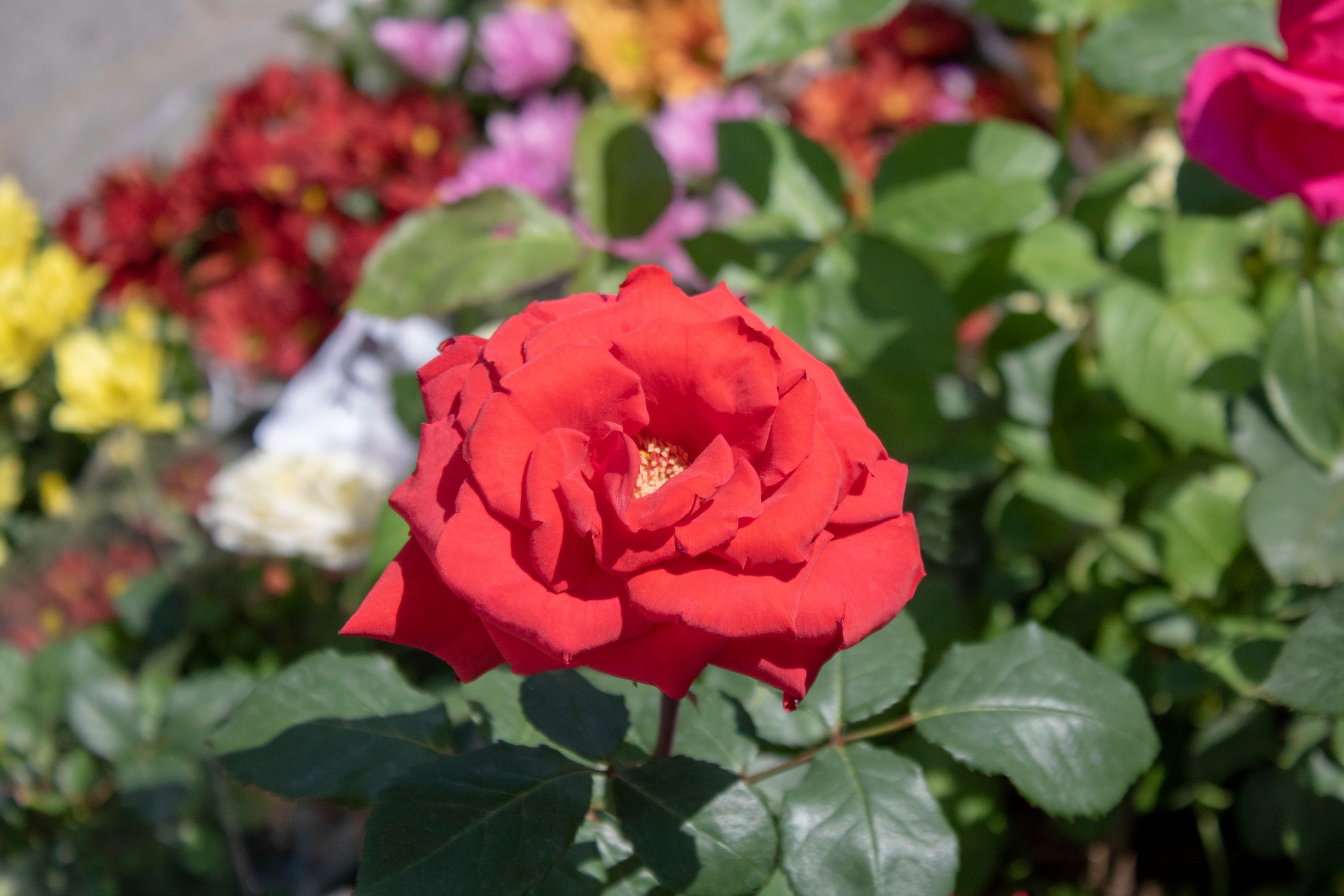Tropicana rose
(Tropicana rose)

Description
Roses are a staple in the world of gardening and horticulture. With their beautiful petals and sweet fragrance, they add a touch of elegance and beauty to any garden or landscape. Among the many varieties of roses available, the Tropicana rose is a particular standout for its vibrant colors and hardiness. In this article, we will explore the Tropicana rose in detail, including its history, characteristics, growing conditions, and care. History of Tropicana Rose The Tropicana rose, also known as Rosa 'Tropicana,' was created by Dr. Walter Lammerts in 1962. Dr. Lammerts was a renowned rose breeder who was passionate about developing new rose varieties that were disease-resistant and had unique colors and fragrance. He created the Tropicana rose by crossing two rose varieties, 'Circus' and 'Piccadilly.' The result was a rose with large, deep orange flowers that had a yellow center and a strong, sweet fragrance. Characteristics of Tropicana Rose The Tropicana rose is a hybrid tea rose, which means it has a large, single flower on a long stem. The flowers are usually about four inches in diameter and have around 26 to 40 petals. The color of the Tropicana rose is a striking deep orange with a yellow center, and the petals are slightly wavy, giving the flower a unique texture. The Tropicana rose is known for its strong, sweet fragrance that can fill a room or garden with its aroma. The foliage of the Tropicana rose is dark green and glossy, making it a beautiful addition to any garden even when not in bloom. Growing Conditions for Tropicana Rose The Tropicana rose is a hardy plant that can grow in a range of climates. It is best suited for USDA plant hardiness zones 6 to 9. The plant prefers full sun exposure for at least six hours per day and well-drained soil. It is important to plant the Tropicana rose in an area that is sheltered from strong winds to prevent damage to the delicate flowers. Care for Tropicana Rose Like all roses, the Tropicana rose requires regular care to ensure its health and beauty. Here are some essential care tips to keep in mind when growing Tropicana rose: Watering: The Tropicana rose requires regular watering to keep the soil moist, but not waterlogged. It is best to water deeply once a week, rather than shallow watering daily. Fertilizing: The Tropicana rose benefits from regular fertilizing during the growing season. A balanced fertilizer with equal amounts of nitrogen, phosphorus, and potassium is recommended. Pruning: Pruning is essential for maintaining the shape and health of the Tropicana rose. It is best to prune in early spring before new growth appears. Pest and disease control: The Tropicana rose is generally resistant to most pests and diseases. However, it is essential to keep an eye out for common rose problems like aphids, spider mites, and powdery mildew. Treat any issues promptly to prevent them from spreading. Mulching: Mulching helps to retain moisture in the soil and suppress weeds. It is best to mulch around the base of the Tropicana rose in early spring. Conclusion The Tropicana rose is a stunning addition to any garden or landscape. With its vibrant orange color, sweet fragrance, and hardy nature, it is a popular choice among gardeners and rose enthusiasts alike. Whether you are a seasoned gardener or just starting, the Tropicana rose is a plant that is sure to delight and bring beauty to any garden.
Taxonomic tree:







